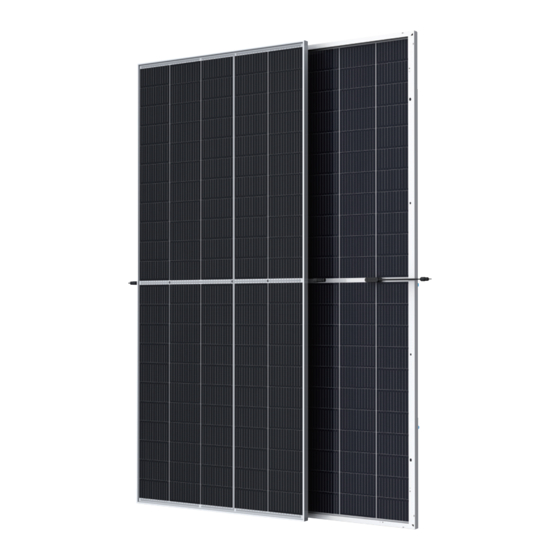
Trina Solar DEG19C.20 User Manual
Hide thumbs
Also See for DEG19C.20:
- User manual (191 pages) ,
- Additional installation instructions (14 pages) ,
- User manual (39 pages)
Table of Contents
Advertisement
Quick Links
Advertisement
Table of Contents












Need help?
Do you have a question about the DEG19C.20 and is the answer not in the manual?
Questions and answers